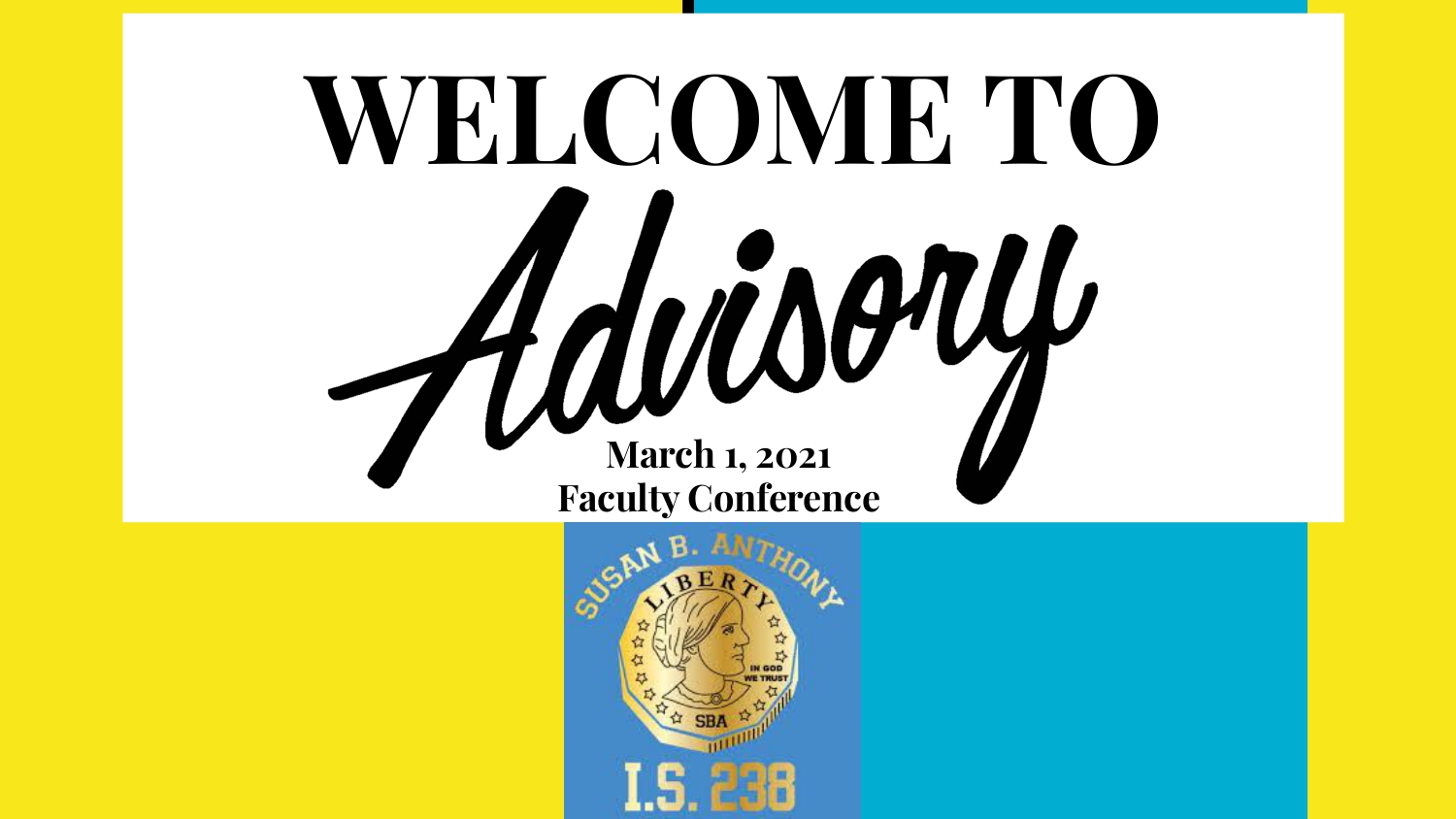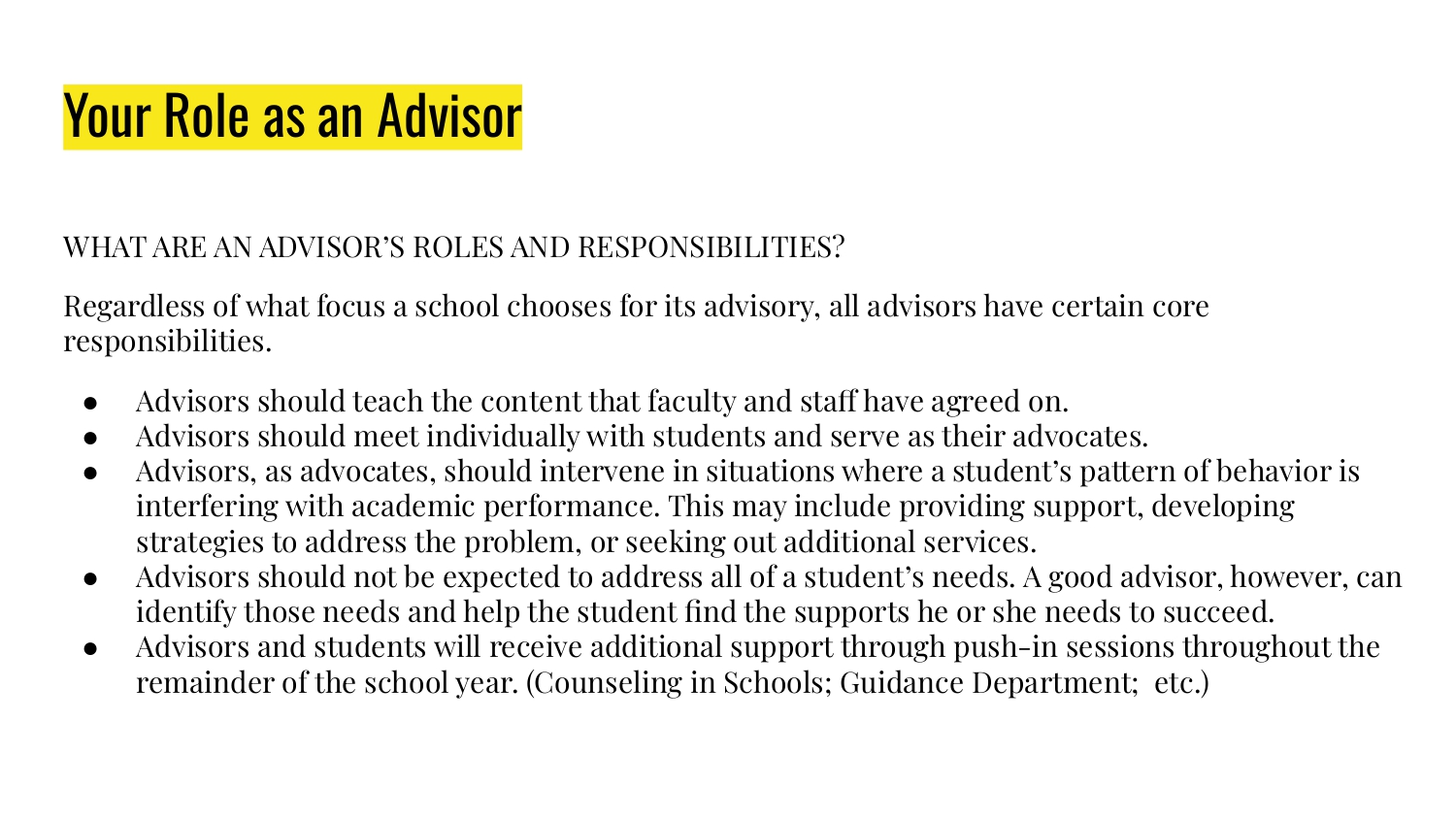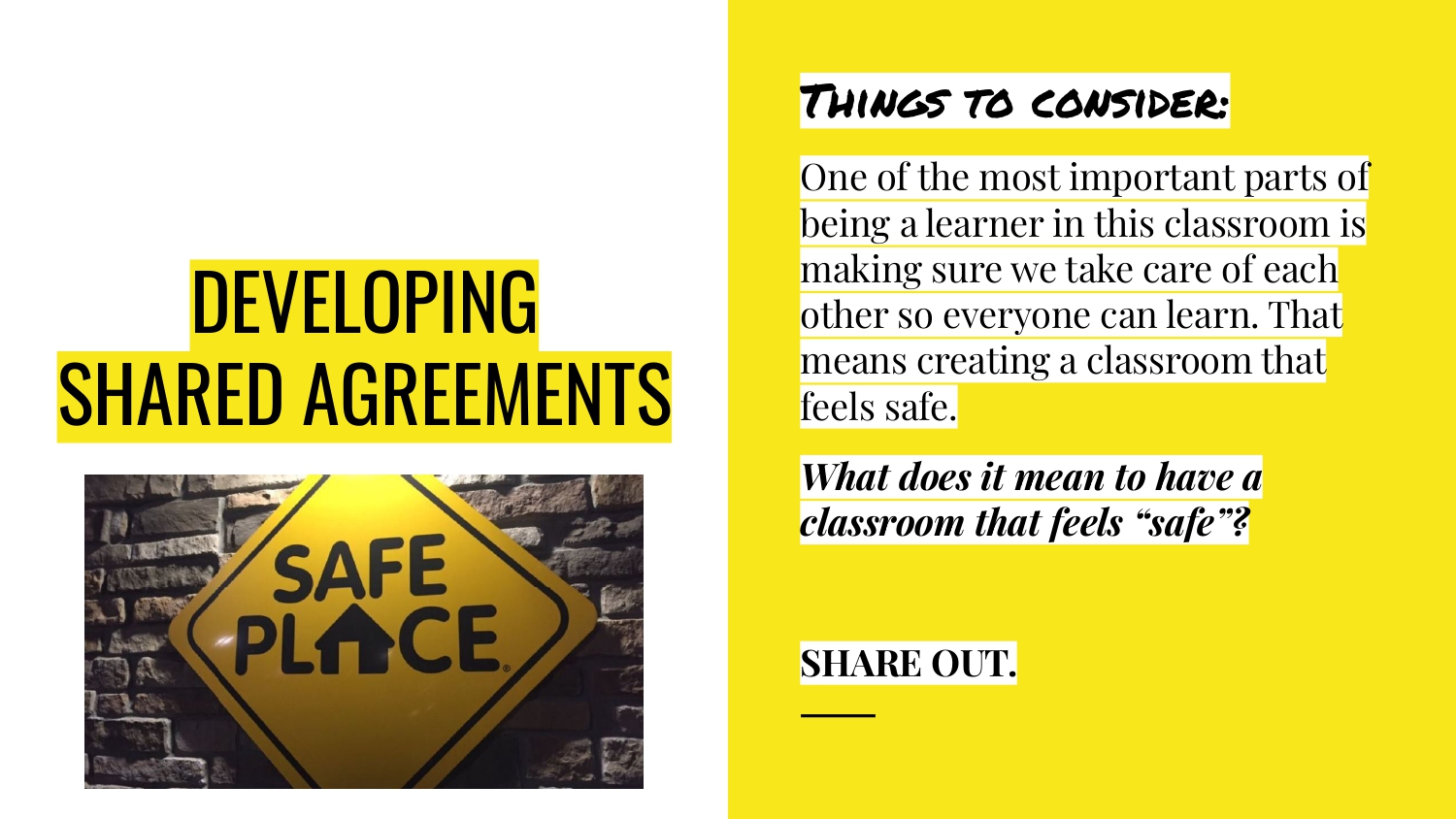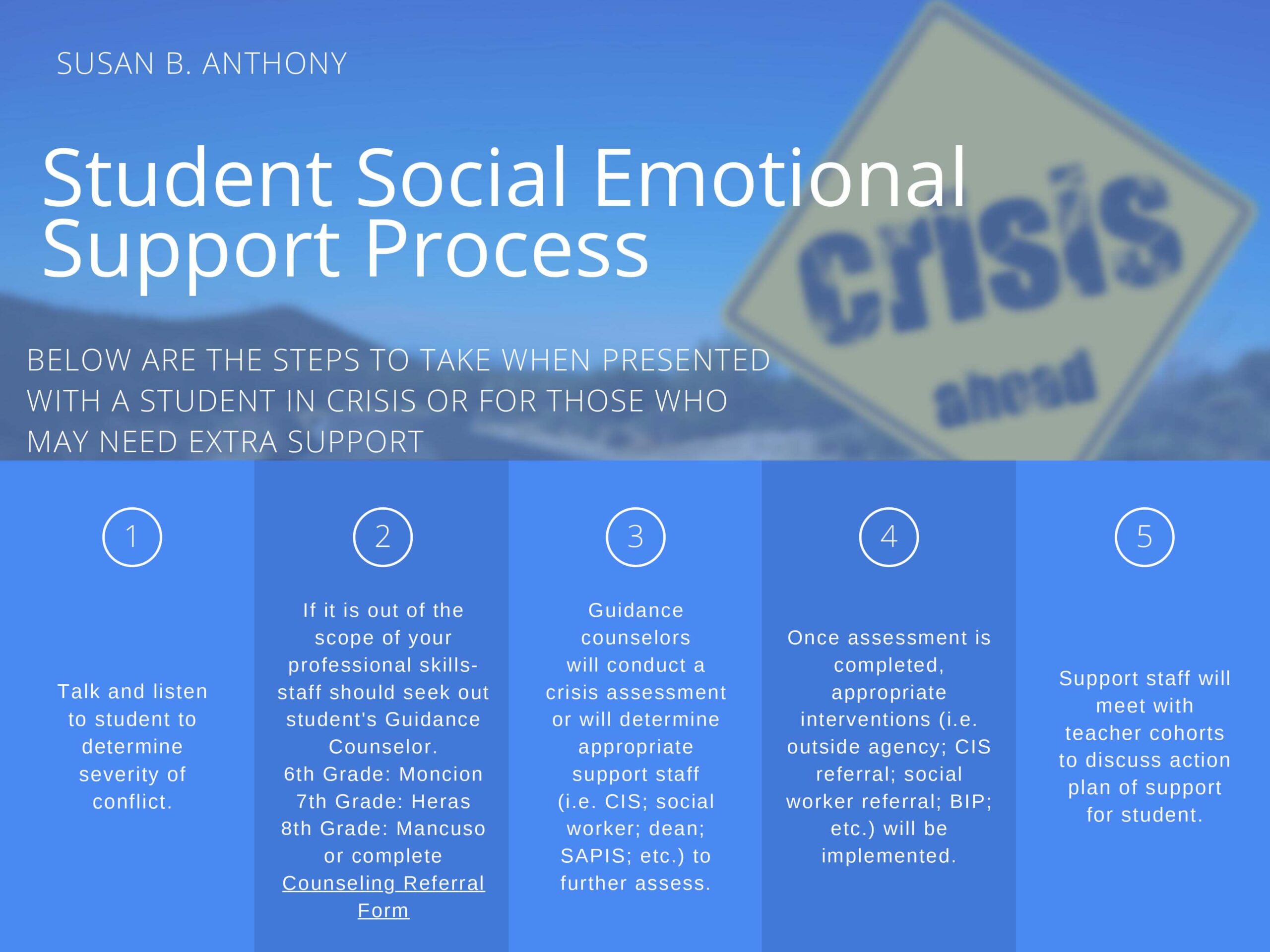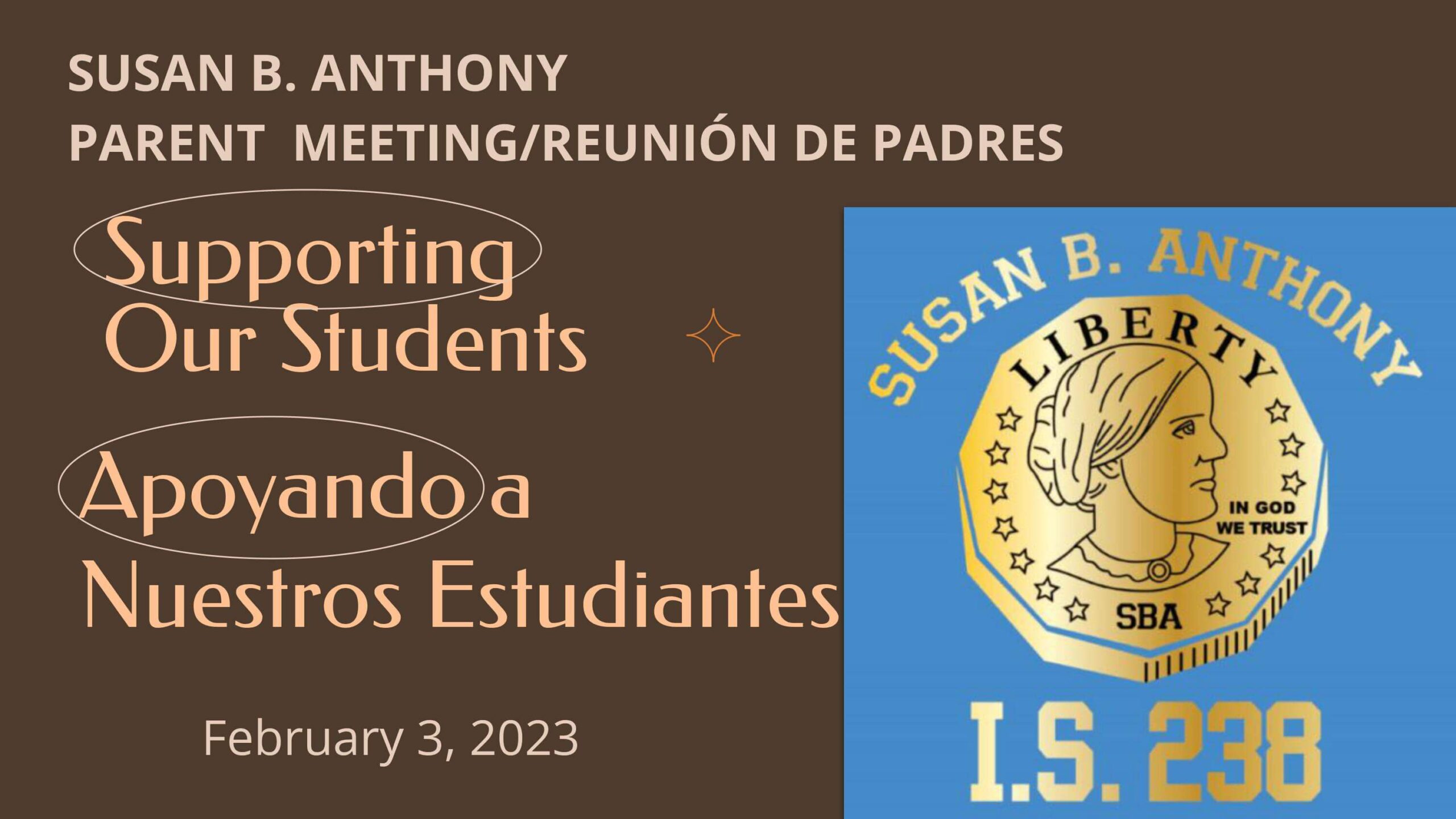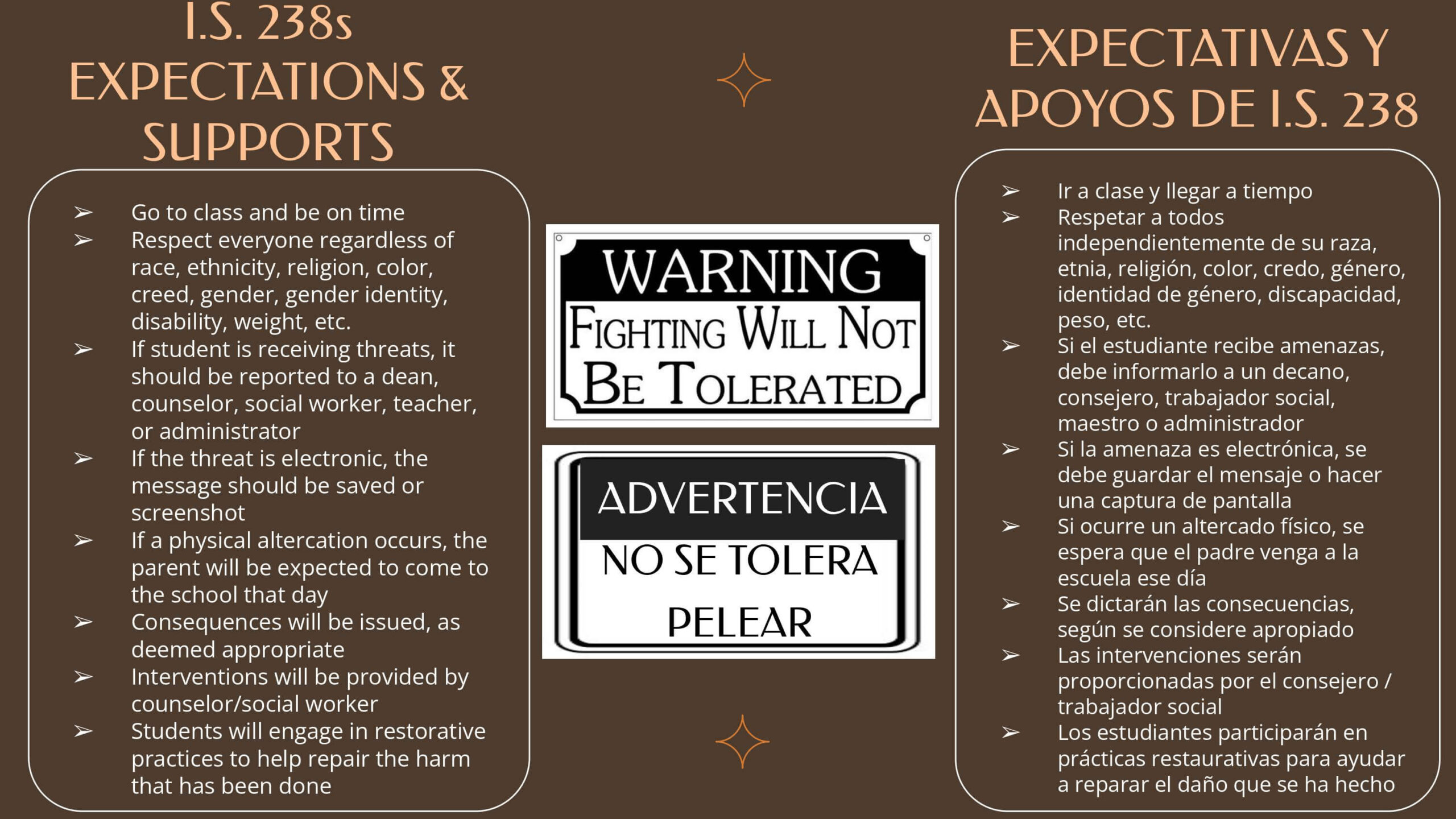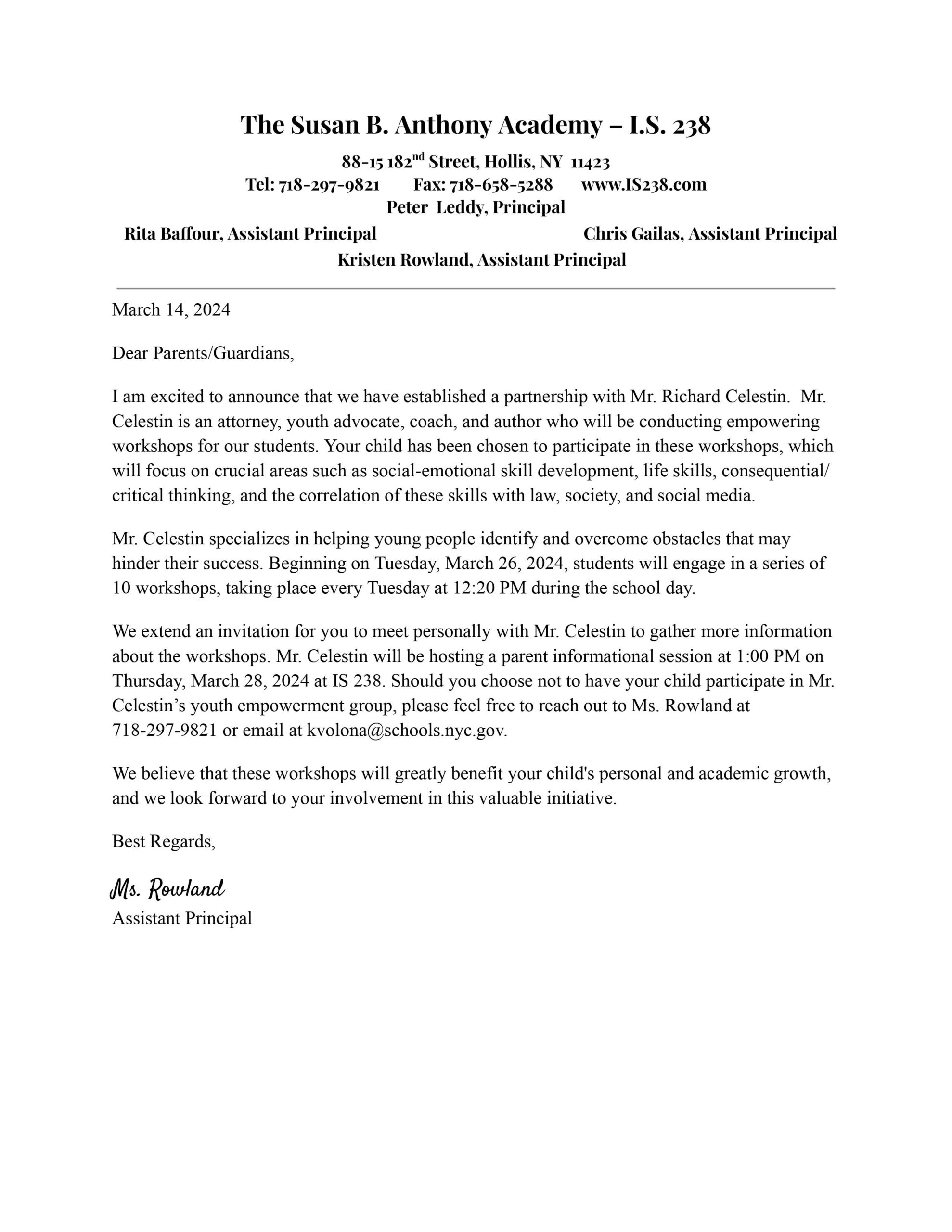Assistant Principal Practice
2019-2020
Establishing PBIS Rewards and Social-Emotional Learning
Embarking on my journey as Assistant Principal at Susan B. Anthony Middle School in 2019-2020, I recognized the critical role of fostering a positive school culture and climate. In response, I introduced Positive Behavior Interventions and Supports (PBIS) rewards, a digital system designed to articulate and reinforce specific expectations for students. This initiative aimed not only at cultivating a sense of responsibility and social-emotional learning (SEL) among our students but also created a positive behavioral framework in which students were held accountable to follow and were able to earn rewards, such as Dean for a Day, when given points towards met behaviors.
However, the onset of the pandemic necessitated innovative measures. To maintain a sense of community and to support students and staff during this challenging time, additional social-emotional resources were developed to guide teachers during their virtual instruction. In collaboration with Counseling in Schools, teachers were guided towards and supported in navigating social-emotional learning (SEL). Understanding the unfamiliarity of teachers with SEL, we provided crucial support and guidance, ensuring a smooth implementation despite the unprecedented circumstances.


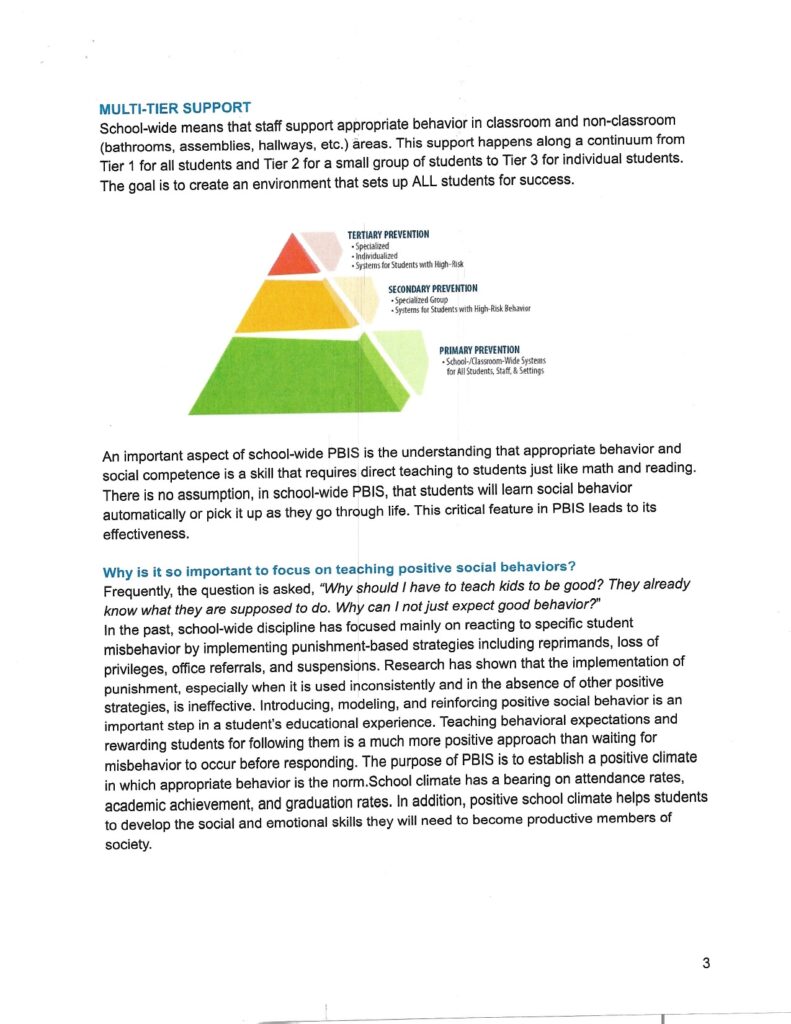







2020-2021
Tailoring Advisory Curriculum with Precision
Building upon the foundation laid in the previous year, my second year at Susan B. Anthony Middle School was dedicated to developing an official advisory experience. Recognizing the diverse needs of our student population, I spearheaded the creation of an advisory team, which consisted of a subgroup of our Instructional Leadership Team (ILT). Virtual and in-person advisory lessons were established, not only aimed at maintaining student attendance, but also served as a safe space for students to connect with peers and teachers during a tumultuous period. This handmade curriculum included teacher scripts, lessons, and google slides, precisely tailored to address the social-emotional needs of our students. The goal was not only to ensure that advisory sessions became a staple but also to make them meaningful, contributing to a positive and inclusive school culture (additional evidence of school culture can be found on the Professional Contributions page).
2021-2022
Establishing the Culture and Climate Team in a Post-Pandemic Setting
The 2021-2022 school year marked a significant turning point. I determined that the formal establishment of the Culture and Climate Team needed to be developed. Comprising deans, counselors, social workers, and our community-based organization, the team played a crucial role in addressing the aftermath of the pandemic. Bi-weekly meetings facilitated quick cohesion among team members as we responded to the erratic behaviors exhibited by the school community following a 1.5-year traumatic hiatus. Additionally, advisory also took a transformative approach in response to the change wrought by the pandemic. Understanding that the pandemic had significantly altered the dynamics of student-teacher interactions, the advisory team became instrumental in fostering a sense of connection and support. Custom lessons were meticulously crafted for staff, delivered weekly via email. These lessons were designed to address the evolving social-emotional needs of both teachers and students, creating a unified approach to advisory across the school.
Under my leadership, restorative practices took center stage. Approximately 20 staff members were trained in restorative circles, enabling a proactive approach to addressing conflicts. An emphasis on re-establishing expectations and consequences was crucial, and incidents and interventions were meticulously recorded in the OORS system. The collaboration among the Culture and Climate team was crucial as there were 136 incidents that year (66 suspensions), which was SBAs highest recorded incident rate compared to the previous 5 school years (2016-2021), which averaged 83 incidents. Transparency and communication were upheld through monthly Culture and Climate Update reports and the school-wide social emotional process expectations, which were disseminated via email to keep the entire staff informed about the school’s activities and protocols for supporting students.
2022-2023
Strengthening Proactive Measures and Community Collaborations
Recognizing the need for continuous improvement, the Culture and Climate Team intensified its efforts in the 2022-2023 school year. As tier 2 and tier 3 interventions progressed, we also strengthened our partnership with NYPD and the Youth Community Officers, as I often liaised between them and our school when significant incidents arose, such as gang-related activity or after-school safety concerns. The team transitioned from a reactive to a proactive stance, leveraging restorative approaches for whole-class interventions and/or individual or small targeted groups. Incidents decreased this year from 136 to 124, and suspensions decreased to 64 compared to 66 from the year prior. However, there was still much work to be done.
The SAVE room, traditionally seen as a place for consequences, underwent a transformation. It was important to me that we not only have a space for corrective actions but also a haven for students to reset and restore. Academic support was integrated into the SAVE room, ensuring that missed assignments were completed and additional academic assistance was provided after school hours. Additionally, the rise in physical altercations among Latino and black male students prompted a collaborative effort involving parents, the Culture and Climate Team, and district 29 representation. An informational session aimed at fostering better decision-making and decreasing negative interactions among subgroups was organized.
2023-2024
Commitment to Comprehensive Support & Positive Change
In the current school year, 2023-2024, the commitment to a robust culture and climate remains unwavering. Acknowledging the value that every member of the school community brings to the table, the Culture and Climate Team expanded to include school aids from each floor. With a more targeted lens in OORS data, as well as specific responsibilities of team members reflected in the Consolidated Plan, the team’s ability to support students with frequent occurrences or those that are in crisis has notably improved.
Continued classroom push-ins and targeted group interventions during lunch underscore my holistic approach to fostering a positive school climate. The journey towards creating an environment where every student feels supported, heard, and empowered is an ongoing one. Students who are at-risk are encouraged to go to safe spaces (i.e. the office of a dean, counselor/social worker, teacher, or assistant principal) during the day when they become triggered to prevent any negative outburst or occurrence. Additionally, I established a partnership a youth advocate who provides empowerment and mentorship to our top tier at-risk students. The program aims to focus on crucial areas such as social-emotional skill development, life skills, consequential/ critical thinking, and the correlation of these skills with law, society, and social media.
As we navigate the complexities of education, the expanded Culture and Climate Team stands as a testament to our commitment to comprehensive support and positive change within the school community.

